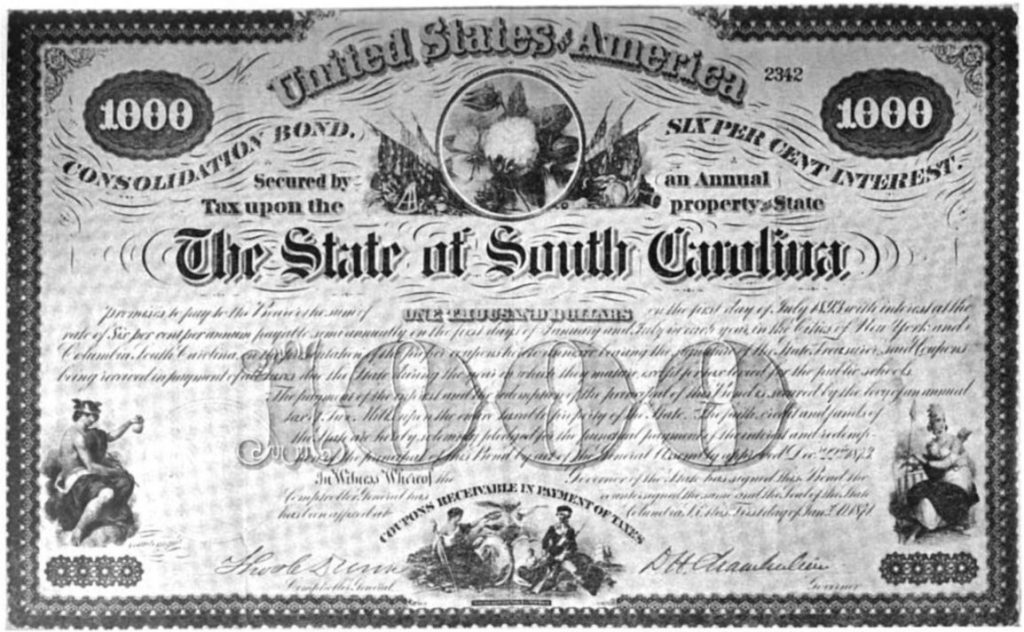
1) Why Are Bonds Interesting? — The Coffee Coupon Analogy
Imagine buying a 10-cup coffee voucher book. Each month you get a free drink (the coupon interest) and when the book expires, you get your deposit (principal) back.
- If the voucher becomes more expensive, your return is lower.
- If the voucher is cheaper, your return is higher.
That’s why bond prices and yields move like a seesaw—when interest rates rise, bond prices fall, and vice versa.
2) Key Terms You Must Know
- Face Value (Par): The principal repaid at maturity, usually set at 100.
- Coupon Rate: The promised annual (or semiannual) interest.
- Maturity: The date when the principal is returned.
- Yield to Maturity (YTM): The effective annual return if held until maturity.
- Credit Rating: A score measuring repayment ability; lower rating means higher required yield.
- Spread: Extra yield demanded compared to a risk-free benchmark (like U.S. Treasuries).
3) How Is a Bond Priced? (Simple but Powerful Math)
Principle: Bond price = Present Value of all future coupons + Present Value of final principal.
Example: 3-year bond, 5% coupon, face value 100.
- At yield 4% → Price ≈ 102.78
- At yield 5% → Price = 100.00
- At yield 6% → Price ≈ 97.33
So, when yields rise, the present value of future cash flows falls—hence, bond prices drop.
4) Duration and Convexity — Sensitivity to Interest Rates
- Duration: Measures how much a bond’s price changes when interest rates move.
- Example: Modified duration ≈ 2.72 → a 1% rise in rates cuts price by ~2.72%.
- Convexity: Adjusts for curvature, making sensitivity estimates more accurate during large rate shifts.
👉 Think of duration as the “speedometer” and convexity as the “steering correction.”
5) Types of Bonds (Collect Them Like Character Cards)
- Government Bonds (Treasuries): Baseline “risk-free” assets.
- Municipal Bonds: Issued by local governments or agencies.
- Corporate Bonds: Issued by companies, classified as investment grade or high yield.
- Convertible Bonds: Can be exchanged into stock.
- Inflation-Linked Bonds (TIPS): Adjusted to protect purchasing power.
- Special Variants: Callable bonds, covered bonds, perpetuals, and more.
6) The Yield Curve — The Market’s Economic Weather Map
Plot yields against maturities and you get the yield curve.
- Normal (upward sloping): Longer maturities = higher yields.
- Flat or Inverted: May signal economic slowdown or changes in monetary policy.
The yield curve is like the bond market’s collective “forecast” for the economy.
7) The 5 Major Risks of Bonds
- Interest Rate Risk: Prices fall when rates rise (greater with long duration).
- Credit Risk: Issuer might default.
- Liquidity Risk: Hard to trade at fair value.
- Reinvestment Risk: Coupons may be reinvested at lower rates.
- Call/Option Risk: Issuer may repay early, altering returns.
8) Reading a Bond Quote
Example: 5% coupon, maturing 2030-06-30, price 98.50 (clean).
- Dirty Price = Clean Price + Accrued Interest.
- Current Yield = Coupon ÷ Price.
- YTM = Full internal rate of return.
- Spread = “Government bond + X basis points (bp).”
9) Bonds in Your Portfolio
- Stability Buffer: Bonds may soften stock volatility.
- Cash Flow Planning: Maturity laddering matches investment with spending needs.
- Macro Positioning: Use inflation-linked bonds or short vs. long duration exposure.
10) Quick Example
Bond A: 3-year, 5% coupon, face 100.
- At yield 5% → Price = 100
- At yield 6% → Price ≈ 97.33
- At yield 4% → Price ≈ 102.78
Rule of thumb: Rates ↑ → Price ↓; Rates ↓ → Price ↑.
11) Common Misconceptions
- “Coupon = my return.” → Wrong! Return depends on the price you paid.
- “No risk if I hold to maturity.” → Defaults, early calls, and reinvestment risks still matter.
- “Government bonds are always safe.” → Credit risk is tiny, but interest rate risk is real—especially for long maturities.
12) Investor’s Checklist
- Goal: Stability, income, or macro bet?
- Duration: How sensitive can you afford to be to rate changes?
- Credit Quality: Yield trade-off vs. default risk.
- Liquidity: Can you exit when you want?
- Taxes & Fees: Country-specific considerations.
13) 30-Second Summary
- Bonds = promises of future cash flow.
- Prices move opposite to yields.
- Duration and convexity measure rate sensitivity.
- Bonds provide income, stability, and economic signals.
Far from being boring, bonds are the mathematics of promises—a tool to design the future you want with the cash flows you need.
